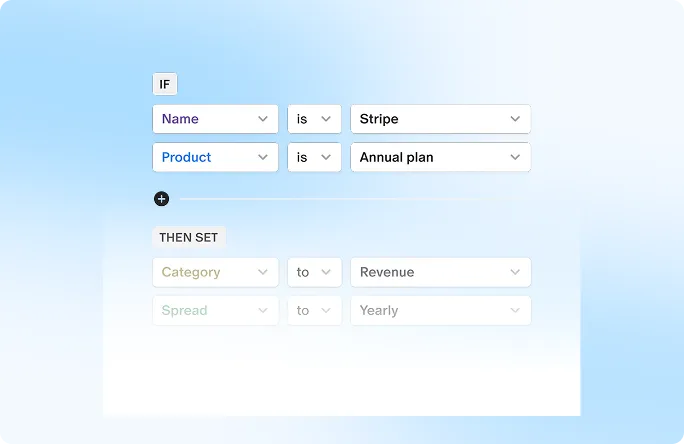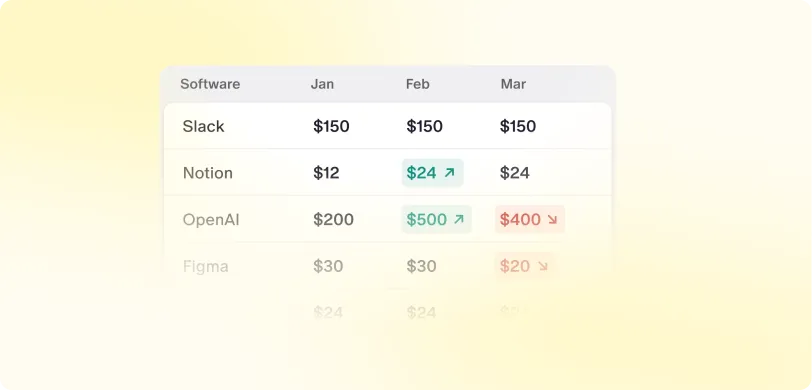ESOPs have become the buzzword in the private equity markets. Companies have increasingly started to appreciate the benefits of ESOP Plans and how they fit well in both, incentivizing employees for the growth of the company and retaining top talent in the house.
ESOPs is an effective tool at the hands of the management as it not only aligns the interests of employees with the company's growth but also creates a sense of ownership and commitment.
In this blog, we will delve deeper into how ESOPs are granted. Let's get started:
Step 1: Decide if ESOPs are right for you
Employee Stock Ownership Plans (ESOPs) are not a universal remedy for all businesses. It's critical to assess whether ESOPs align with your company's objectives:
1. Are you aiming to foster long-term commitment? ESOPs featuring vesting periods, where employees gradually gain ownership over time, are effective in cultivating loyalty.
2. Seeking tax advantages? ESOPs present tax benefits for both your company and employees. However, it's advisable to consult a tax professional for detailed insights.
3. Is succession planning on the horizon? Implementing an ESOP can facilitate a seamless transition of ownership, ensuring continuity and stability.
Having a definite answer to these questions will help you decide on the viability of an ESOP Scheme for your company.
Step 2: Design Your ESOP Plan
Critical elements to be framed at this stage are:
1. Who's eligible? Will all employees participate, or just certain groups? Decision needs to be made whether ESOPs need to be shared only with the senior management or employees at large.
2. How many shares will be offered? This depends on your company's size and financial health. Allocate a specific percentage of your company's shares to the ESOP pool (e.g., 5% or 10%). Earlier stage companies with higher growth potential might offer a larger share pool to incentivize employees. Remember, ESOPs dilute existing ownership (including yours). It is important to balance the current pool with potential future funding needs.
3. What's the vesting schedule? How long will employees have to work to gain full ownership? Companies usually make a choice between cliff vesting and Graded vesting. In the former, options are vested only after a specific period (say 2 years) whereas in the latter, options vest gradually over time.
4. How will employees purchase shares? Will the company contribute financially, or will it be a discounted purchase?
Step 3: Shareholder's Approval and ROC Filing
After designing the ESOP plan with the help of financial and legal advisors, shareholder's approval is required. You'll need to hold a special shareholder meeting called an EGM. This requires sending a formal notice to all shareholders outlining the proposed ESOP plan and the resolution for approval.
To be approved, the resolution needs a three-to-one majority vote in favor. This ensures significant shareholder support for the plan. After the EGM and the board resolution approve the ESOP plan, the company secretary must file both documents electronically with the Registrar of Companies (ROC). This step documents the plan officially.
Important Note: Since ESOPs grant employees the option to purchase shares, not immediate ownership, it usually doesn't require an increase in your company's authorized share capital. Therefore, there's no additional filing with the ROC related to increased shares.
Step 4: Grant Letter: The Final Nail
After all the formal procedures have been done, the next step is to issue a formal grant letter to each eligible employee. This document outlines the specific details of their ESOP award, including:
1. Number of Stock Options Granted: This specifies how many shares the employee has the option to purchase.
2. Vesting Schedule: This details the timeframe over which the employee gains full ownership of their granted options.
3. Exercise Price: This establishes the price the employee will pay to purchase the shares if they choose to exercise their options.
4. Exercise Window: This defines the period during which the employee can choose to buy the shares.
Step 5: Employee Communication
Don't leave your employees in the dark. Explain the ESOP clearly and transparently. Highlight the benefits for them and the company. Hold educational workshops to help employees understand their shares. Recognize milestones in the ESOP journey. You can create a more engaged and invested workforce by fostering a culture of ownership.
Conclusion
Designing an ESOP Plan is a huge milestone in any company's growth journey, and you must strike it right. Since it involves various legal and financial implications, getting professional help is advisable. You should remember to clear up important legal points like, vesting period, strike price, Cliff period, etc. You need to clearly assess the scope and vision of your company and how ESOPs fit well in all of this.
FAQs
1. What is the difference between Cliff Vesting and Graded Vesting?
In Cliff Vesting, employees receive no ownership until a predetermined period (the cliff) has passed. After the cliff date, they gain full ownership of all their granted options at once. In Graded Vesting ownership vests gradually over time, typically in equal increments at predetermined intervals (e.g., yearly). For example, an employee might vest 20% of their options each year for five years to reach full ownership.
2. What is a Trust Deed in an ESOP Plan?
A trust deed in an ESOP plan is a legal document creating a separate trust to hold shares for employees. This independent entity benefits employees by outlining share acquisition rules and appointing a neutral trustee to manage the shares according to the plan's terms.


 ESOP Management
ESOP Management

 Liquidity Solutions
Liquidity Solutions

 ESOP Consulting
ESOP Consulting

 Fund Management
Fund Management










































